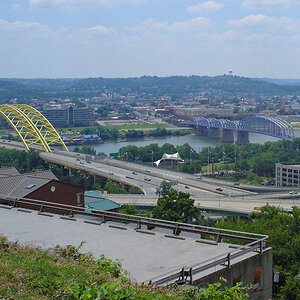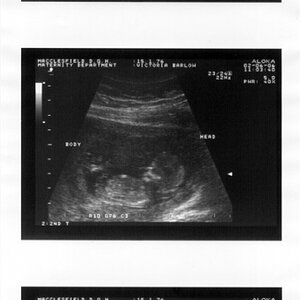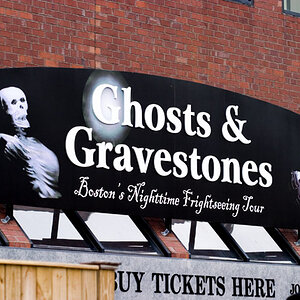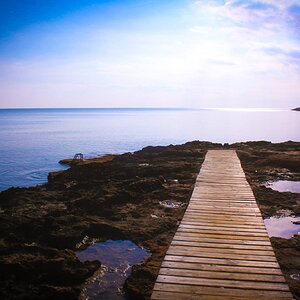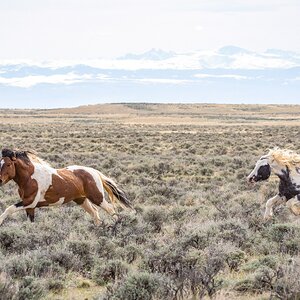Red Wolf
TPF Noob!
- Joined
- Jan 27, 2023
- Messages
- 48
- Reaction score
- 29
- Location
- North Carolina, USA
- Can others edit my Photos
- Photos NOT OK to edit
Hey Erregeo. - I was late to realize the power of RAW as well, but once I did, never looked back.
My camera is always set to shoot both RAW and JPG because 99.5% of what I shoot is never going to be of any value. I like the convenience of having a JPG shot I can use, send and share straight out of the camera. They are faster and easier for compact review so I treat them like a proof sheet to pick the negative I want to print. But once I "pick" the shot I want, I pull the RAW to process and "print" the final image.
There is a whole 'nuther conversation I have with people, most of whom don't really understand photography (and thus are not on this forum), who think processing an image makes it a "lie" and not what it "really" looked like. To my mind that's a failure to understand how cameras capture images, be it film or digital. There is no "real" version straight from a camera. There is however (1) what it looked like to your eye and making the image match what a viewer would have seen, rather than what the camera saw, and (2) what it felt like when you looked at it or want to make it look like artistically to create the image you feel.
But... that's another discussion.
No matter what, for a serious final version, starting with RAW is always good, when you can. Took me awhile to understand it too.
My camera is always set to shoot both RAW and JPG because 99.5% of what I shoot is never going to be of any value. I like the convenience of having a JPG shot I can use, send and share straight out of the camera. They are faster and easier for compact review so I treat them like a proof sheet to pick the negative I want to print. But once I "pick" the shot I want, I pull the RAW to process and "print" the final image.
There is a whole 'nuther conversation I have with people, most of whom don't really understand photography (and thus are not on this forum), who think processing an image makes it a "lie" and not what it "really" looked like. To my mind that's a failure to understand how cameras capture images, be it film or digital. There is no "real" version straight from a camera. There is however (1) what it looked like to your eye and making the image match what a viewer would have seen, rather than what the camera saw, and (2) what it felt like when you looked at it or want to make it look like artistically to create the image you feel.
But... that's another discussion.
No matter what, for a serious final version, starting with RAW is always good, when you can. Took me awhile to understand it too.


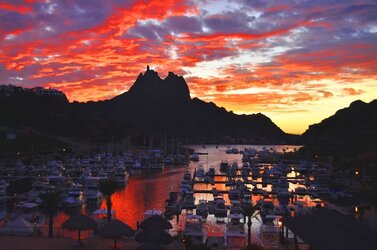
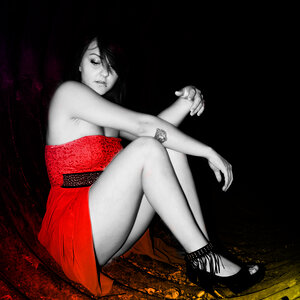
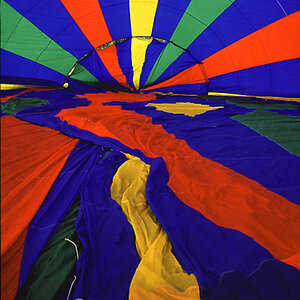
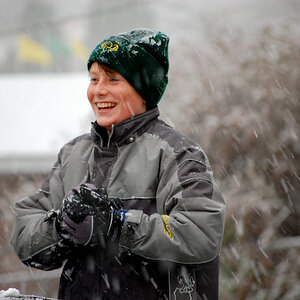
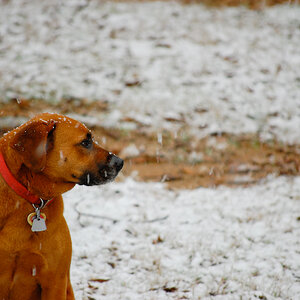
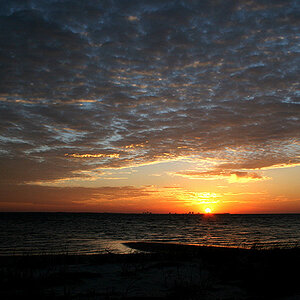
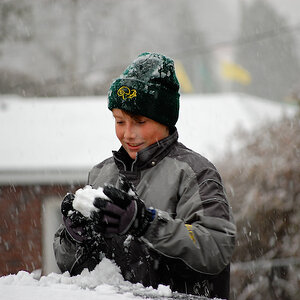
![[No title]](/data/xfmg/thumbnail/32/32637-865ab9beec7e00237b64e4fcb8fe947f.jpg?1619735555)
